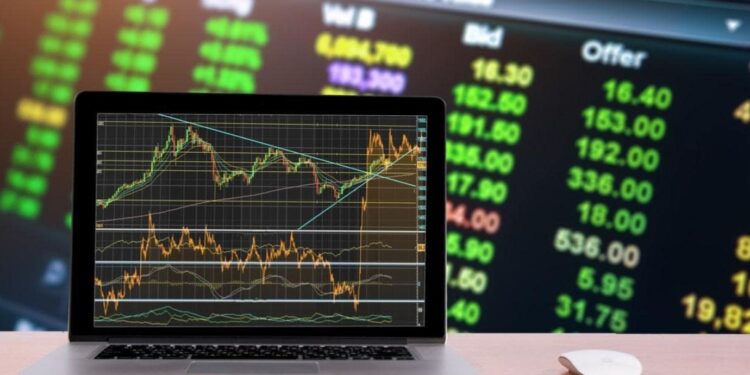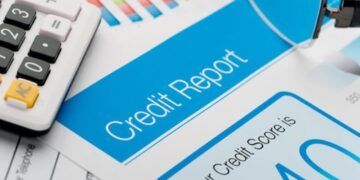Margin trading, or trading in which leverage is used, is very popular today, it provides an opportunity to conclude a deal even if its amount is many times higher than the trader’s capital. Leverage is usually considered the ratio of the equity capital of the exchange trader to the traded volume, and the margin is the same ratio, but in percentage terms.
In the stock market, leverage is a loan that a trader takes to buy shares in excess of his or her own capital, or a loan of the shares themselves with the aim of immediately selling them, in order to subsequently redeem them at a minimum cost to return them to the holder.

How does leverage work in Forex?
Let’s consider leverage in Forex – what it is, how leverage works, and what it affects. The essence of leverage is borrowing funds to increase profit from investment activities. On Forex, a brokerage company can provide a loan to a trader, as a result of which he or she can open positions that are the largest in terms of volume, but this also indicates that it will also incur significant losses. It should be noted that losses are limited to the amount of the trader’s account balance. If the loss reaches the number of funds on the trader’s account, the broker will close all open positions of the trader, so that he will not lose more money than is on his account.
Forex trading takes place according to contracts called lots. When a position is opened on Forex, the market moves either in its direction, then the trader receives income, or against it – in this case, the trader suffers losses. Each price step is equal to a fixed amount, which is added to the trader’s capital or deducted from his account.
How to use leverage? Considering that not every trader has the capital to trade currency in the amount of 100 thousand dollars, he can “borrow” funds from a broker in order to make such a transaction in the absence of such an amount on the trading account.
When a position is opened and the broker uses leverage, he or she borrows money, but it is not actually credited to his account. The broker can only observe the change in the results for a given position, since each pip has a higher price, and its movement in either direction can cause a loss or bring a large profit. When people register on forex brokers with cTrader or MetaTrader here they always include leverage as one of the main features to conduct the trading, so that they can earn maximum profit.
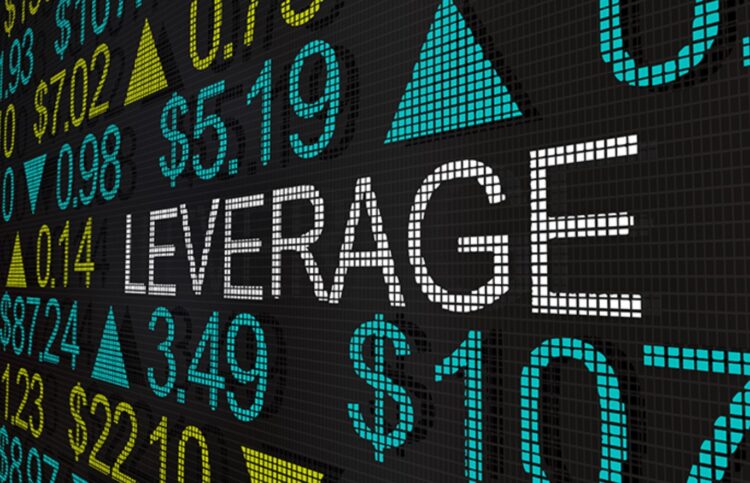
Leverage features
Typically, in order to obtain a loan to increase the volume of a position, a trader must make a small contribution in the form of collateral, called margin. This means that in order to receive leverage from a broker, the trader’s account must have a minimum capital, the amount of which is set by the broker. The maximum leverage is also determined by the broker. The trader decides which leverage is better. Usually, leverage of 100:1 is considered sufficient – this proportion indicates that the loan amount exceeds the trader’s account balance by 100 times. However, some brokerage companies offer leverage of 500:1 and even 1000:1.
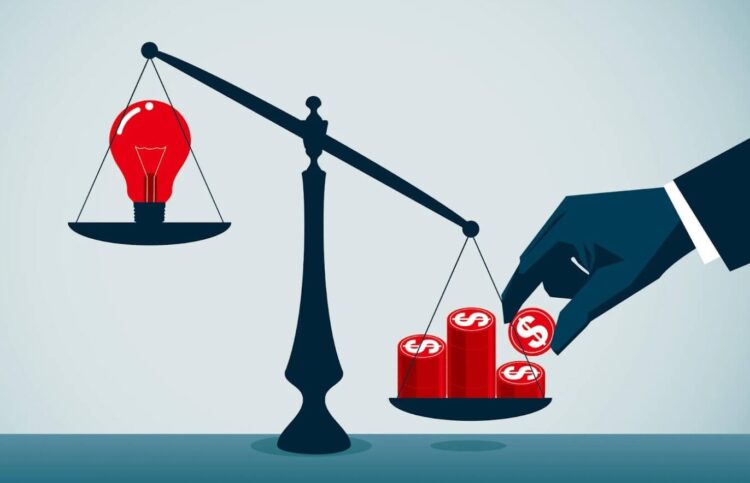
Pros and cons of leverage
The popularity of trading using leverage is associated with several advantages, for example:
- Leverage makes it possible to trade with a minimum balance on the trading account. Even if a trader has only $1 in his account, he can count on an impressive income;
- Availability of tools. Considering that certain assets can be traded with even a small amount of initial capital, investing in the most prestigious financial instruments costs a lot of money. Leverage makes investments more affordable. There is no need to go directly to the market for these assets, you just need to play on the exchange rate difference by securing a loan.
The disadvantages include a great responsibility regarding risks. With the help of credit trading, it is possible to enter the market with an insignificant amount of capital, but in this one can find a rather high risk: the more profit a trader makes on a deal, the greater losses he can incur in the event of an unsuccessful deal. However, there is a plus here – trading on credit educates the trader through constant reminders of high risk. Thus, an exchange trader is more likely to learn how to work with Stop Loss in order to prevent large losses of funds.
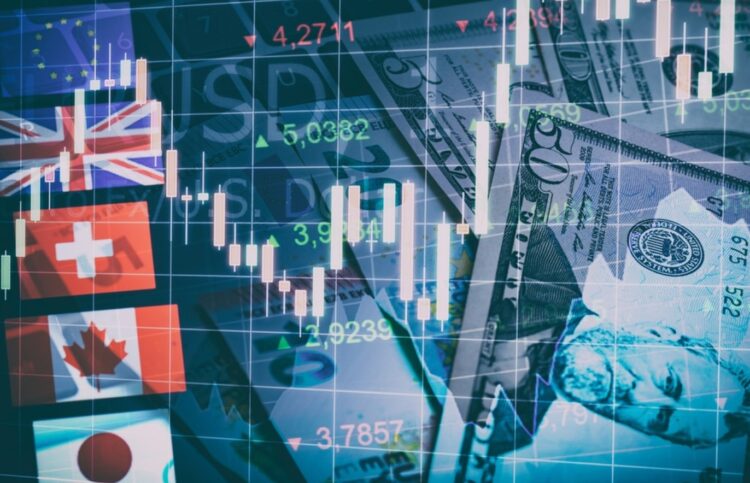
Capital management
If a trader uses leverage in Forex and forgets to manage his capital, he is at risk of losing all his capital. Applying the basic principles of proper capital management helps to minimize risks. In this case, the amount of the loan will not matter. The reason for this is that traders calculate risk as a percentage of their total account balance. In other words, the risk on the transaction, even taking into account the loan, will not exceed 2% of the total capital.
It should be remembered that leverage increases the operating costs of each transaction and affects the cost of trading since to complete any transaction, it is mandatory to pay money in a certain amount in the form of a spread or a brokerage commission. Moreover, the higher the leverage, the greater the amount of these costs, and the more funds are needed to cover them.
One of the main questions which a trader asks is the following – can I change the leverage? Definitely yes. The leverage level can be changed in the personal account of the broker company. However, it should be remembered that when the leverage is reduced, the most stringent margin obligations are imposed on the trader. Therefore, if you just need to minimize risks, instead of reducing leverage, strict adherence to the principles of money management is recommended. It would be reasonable for a beginner to test this instrument in a demo version of a trader’s account. This will help you quickly understand its algorithm of action.

